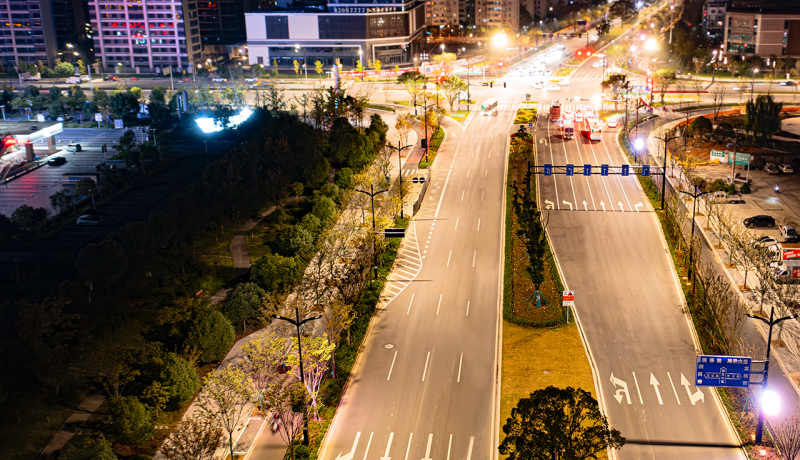Amid the wave of smart city development, municipal authorities have pioneered the implementation of a "vehicle-flow adaptive dimming" streetlight system. This technology utilizes millimeter-wave radar and edge computing devices to enable real-time detection of vehicle and pedestrian movement trajectories within a 200-meter range, automatically adjusting light intensity and projection angles. When roads are idle, the system reduces illumination to safety thresholds; when approaching vehicles are detected, it preemptively brightens and expands light coverage to form dynamic lighting corridors.

Three Technological Breakthroughs Form System Core
· Environmental Perception Layer: Employs non-video radio frequency sensing technology to achieve all-weather target recognition while ensuring privacy
· Intelligent Decision Layer: Embedded AI models differentiate between motor vehicles, non-motorized vehicles, and pedestrians to formulate customized lighting strategies
· Energy-Saving Control Layer: Patented optical lenses enable adaptive light spot shaping to prevent light pollution in unnecessary areas
Municipal Lighting Management Center officials confirmed the system has passed 72 rigorous tests by the National Road Lighting Quality Inspection Center. Operational data demonstrates triple benefits: significant reduction in nighttime traffic accidents, year-on-year decrease in streetlight electricity consumption, and improved inspection efficiency for maintenance crews. Notably, the "cloud-edge-device" three-tier architecture ensures single light failures won't affect overall operations, substantially enhancing system reliability.
Future Application Scenarios Continue Expanding
The technical team is developing deeper integration solutions with traffic signal systems. When emergency vehicles like ambulances or fire trucks pass through, streetlights can proactively form green passage corridors; during extreme weather (e.g., heavy rain or fog), the system automatically enhances lighting penetration. These features are scheduled for deployment before next year's flood season to further strengthen urban emergency response capabilities.
This project's successful implementation marks China's transition from follower to leader in intelligent public lighting. Industry sources reveal multiple provincial delegations have conducted inspections, indicating this technology may become standard configuration for future smart city initiatives.